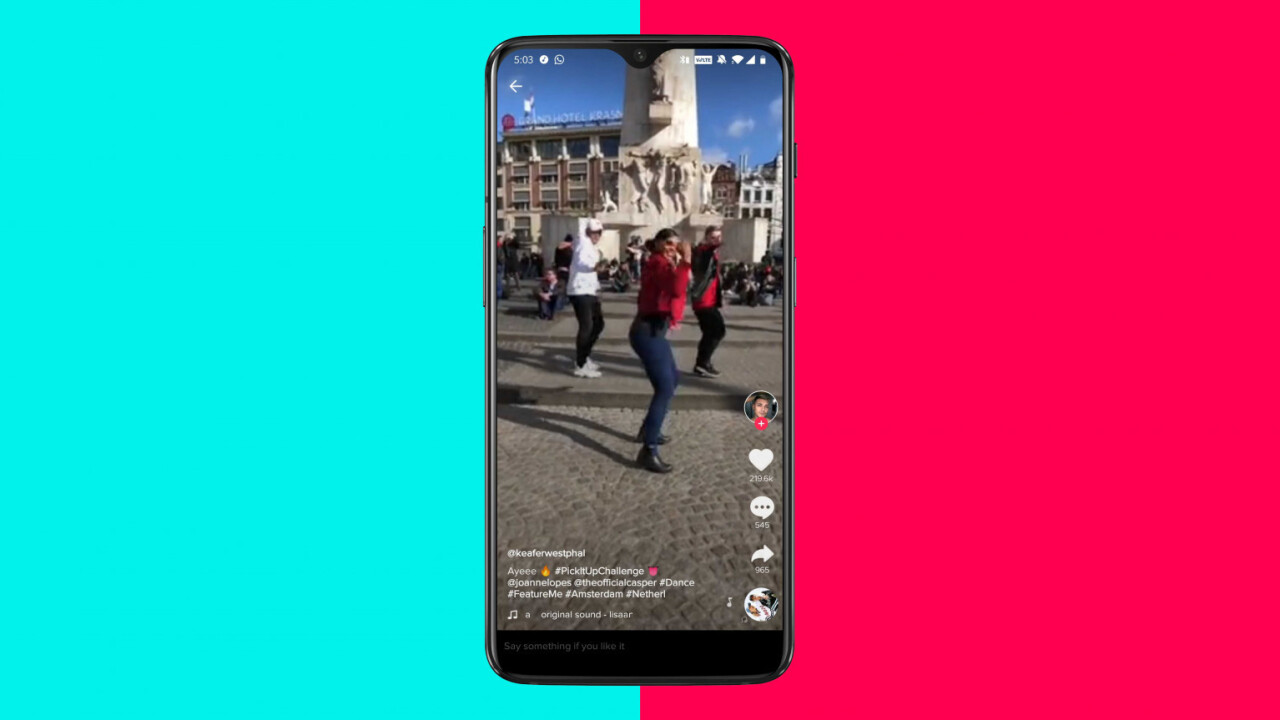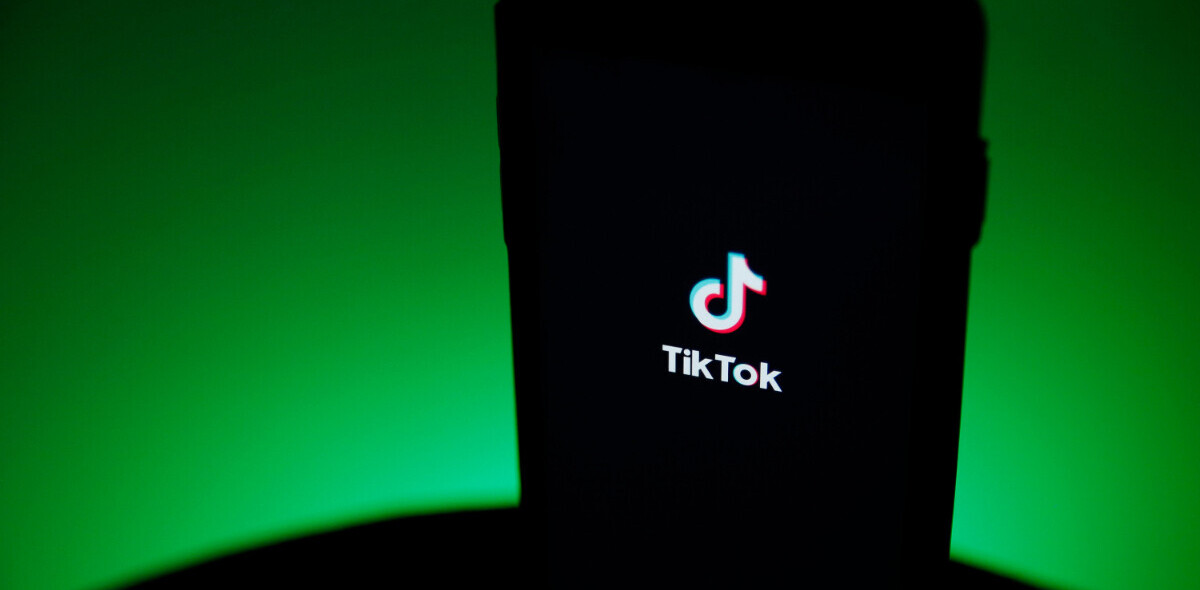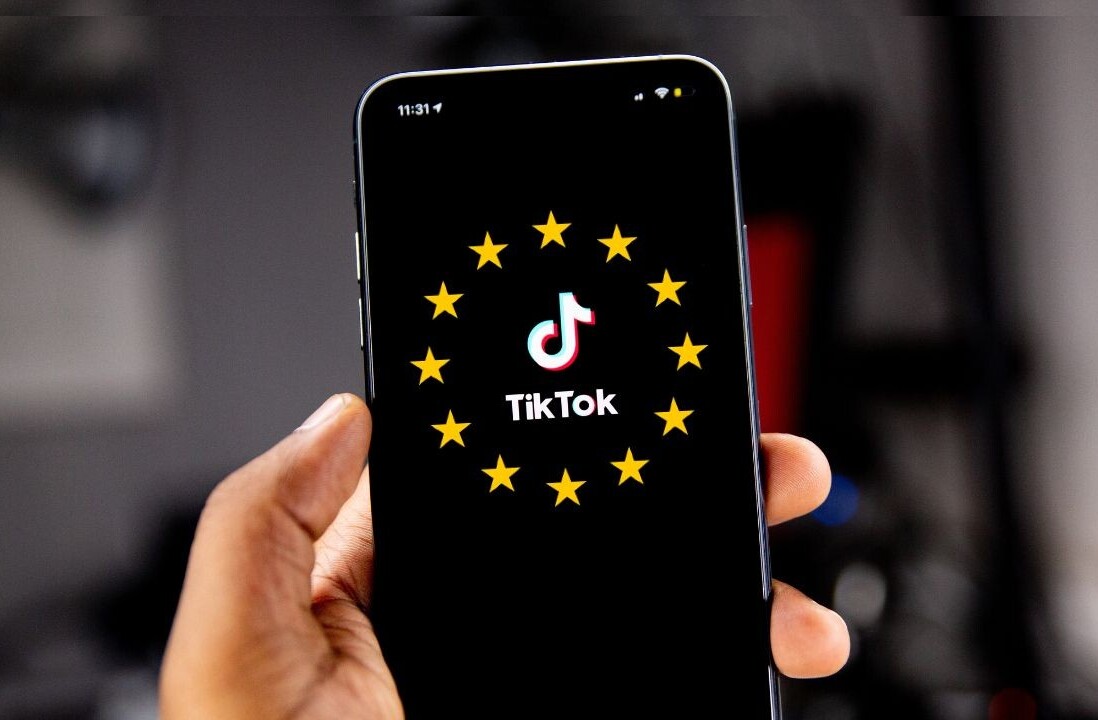
A ferret dancing with a small Pikachu. A strange banana cesarean. Kombucha girl. The top viewed videos of TikTok in 2019 give a small taste of the range of content available on the platform – and an insight into the quirky humor that has encouraged over 1.5 billion downloads and attracted over 1 billion monthly active users worldwide.
This impressive user base is complemented by even more impressive results for the Chinese brand. Q4 of 2019 saw the short-video application’s in-app purchase revenue soar by 310% YoY – bringing its in-app revenue streams to over $50 million for the quarter. Some estimates have even put this figure as high as $87 million. With these numbers, it’s no wonder that the platform is, and will continue, forcing the tech industry to sit up and pay attention.
TikTok knows its strengths. Around 66% of the app’s users are under the age of 30, which makes the app an increasingly attractive option for brands looking to reach younger audiences. This allure has been compounded recently by lucrative partnerships, such as the recent deal with popular UK reality show Love Island.
Reports indicate that TikTok has plans to cement its advertising offer further with a ‘featured content’ offer targeted at high-end advertisers. This section would feature both user-generated content and professionally created videos, with TikTok building digital tools for brands to manage promotional activity.
[Read: TikTok addict? Slow your scroll with time limit settings]
But the road ahead for TikTok is not as straightforward as these numbers suggest. From privacy to safety and regulation, TikTok must face up to a series of key challenges in 2020 if it is to maintain its meteoric trajectory and cement its place as a global media powerhouse.
Security and child safety are paramount
TikTok is already no stranger to concerns over its data usage. In 2019, the US government launched an inquiry into ByteDance, TikTok’s Chinese parent company, and its acquisition of social media app Musical.ly. The inquiry stems from concerns around the app’s use of user data, and access the Chinese government may have to this.
The influence of Chinese government policy over the app’s content was highlighted last November when a 17 year old user from New Jersey was locked out of her account after posting a viral video which criticised China’s treatment of Uighur muslims.
Alongside this, there are significant concerns regarding the security of TikTok’s data – with cybersecurity experts suggesting the platform is vulnerable to attacks which enable attackers to retrieve users’ personal information, including names and birth dates. When you consider these vulnerabilities alongside TikTok’s exceptionally young user base, it is easy to see why these concerns are so prolific.
This young user base also raises another concern around its moderation policies. Most of TikTok’s moderation of platform content takes place in Beijing with undisclosed team numbers and structures, which fail to fully understand the nuances of cultural content in local markets. By deploying local moderation teams that work alongside tandem automated teams, much like Facebook and Twitter’s moderation infrastructure, it will make it much easier to control content that is actually harmful.
Going forward, TikTok needs to become much more transparent with its use and protection of user data if it wants to continue growth in the West, and work to include appropriate mechanisms and moderation tools that help to create safe environments for children and teens.
The future for brands – creating engaging (and brand safe) content
Brands who want to attract a younger audience, or show their more human and fun-loving side are starting to experiment with the app. But TikTok is not a platform where you can simply rehash a TV ad. Content needs to be authentic, creative, and in keeping with the platform.
Brands and advertising agencies are welcoming reports of the aforementioned curated content feed as it promises to help create content which feels natural alongside the app’s user generated content – whilst also improving targeting capabilities and providing more detailed viewing metrics.
However, advertisers must be conscious of the potential brand safety issues that can arise when engaging with young audiences on TikTok. This comes back to the same core issue for the platform – moderation. Last year, the Financial Times highlighted moderation problems on the platform, citing evidence of violence, hate speech, bullying, and sexually explicit content. Brands associated with the platform may be cautious to become embroiled in a brand safety scandal – and with good reason.
If TikTok wants to become a prime destination for brands, it needs to find a solution for balancing increased targeting capabilities with ensuring brands appear against safe content.
Competition
While TikTok has soared above the competition in terms of app downloads, user retention is an area of growing concern. As with any disruptive product or platform, competitors are quick to tap into the recipe for success and pull user’s away to their own platforms – we can see this happening already with Facebook’s ‘Lasso’, Firework, and VMate emerging in the space.
TikTok has captured a huge audience – but the concept of a short-video platform isn’t new or particularly hard to reproduce. To maintain its status as a market leader, TikTok needs to create a tangible sense of community amongst its users, allowing the service to grow the relationship between users and the platform. The strength of this relationship is key to achieving long-term growth and success.
Community-based platforms like Cocoon are emerging in the space and tapping into the demands of younger and digitally-native generations for intimacy. Snapchat’s Friendship Report found that only 37% of Gen-Zs, compared to 47% of millennials, were willing to share life updates online – and this shift is something up and comer platforms must watch.
TikTok’s content does foster intimate, confession booth-style interactions where users do share personal and intimate stories but to be successful going forward it needs to allow for this in a more private setting. For example, creating closed-group communities on the platform within the wider ecosystem would help to meet the fluctuating demands of the younger audiences that have been integral to its success.
TikTok has captured the zeitgeist of a generation with its snappy, short video format. But if the platform itself wants to last longer than 15 seconds, it will need to address these key challenges this year – or risk being another short-lived short video app.
Get the TNW newsletter
Get the most important tech news in your inbox each week.




